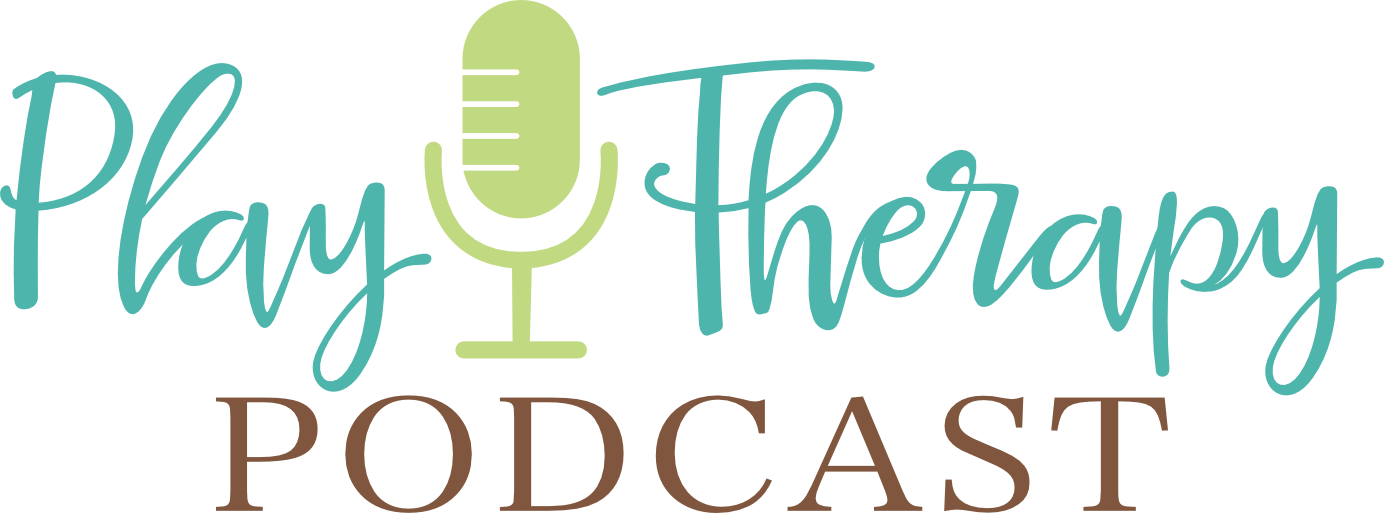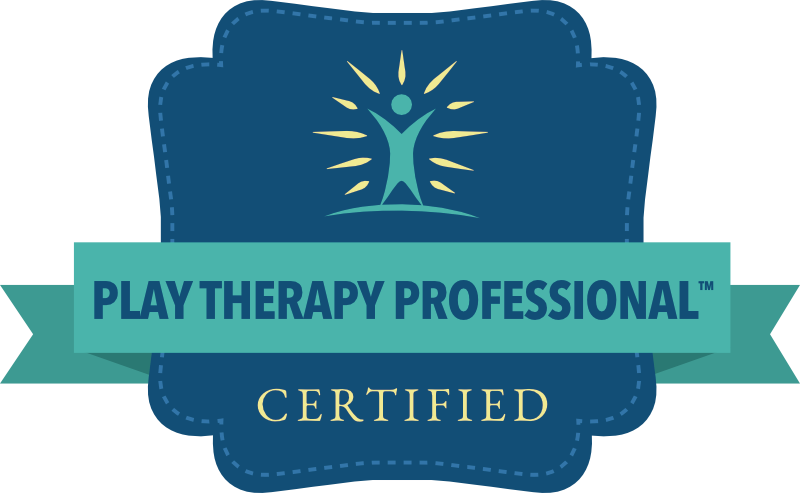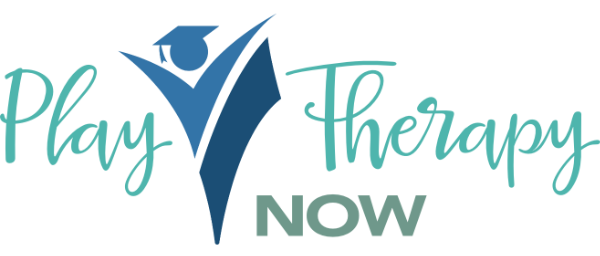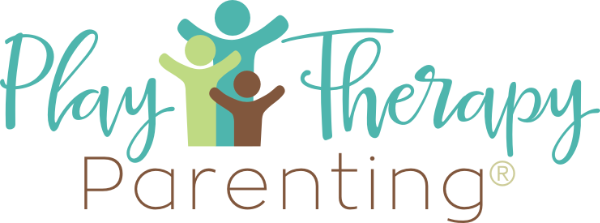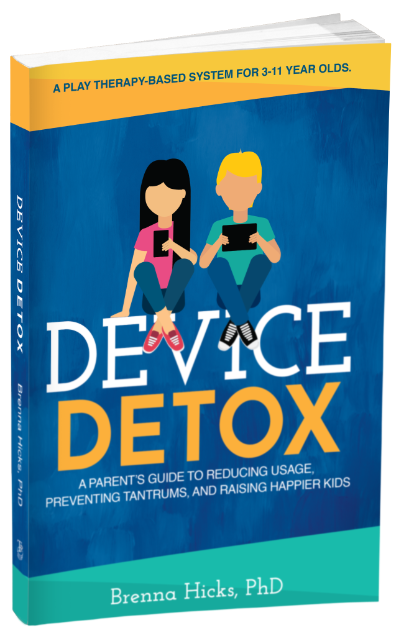The “I Wonder” Blunder: Avoid Directive Questioning and Master “I Wonder” Statements and Whispers in Child-Centered Play Therapy
In this episode, I dive into the proper use of “I wonder” statements and the whisper technique in child-centered play therapy. I’ve noticed these skills are sometimes being misused or overused, so I wanted to provide some clarification.
I discuss how “I wonder” statements should be used sparingly and only when clinically necessary to gather information to facilitate play. Using them too frequently to get a child to discuss feelings, plans, or reasoning behind behaviors can become directive rather than child-centered. The statements work best when playing a role the child has assigned and more details are needed.
I also explain how the whisper technique allows therapists to conspiratorially check in with a child during play to see how to respond while still honoring the child’s lead. Whispering masks questions to keep a child emotionally engaged in the play.
My goal is to help play therapists understand the originally intended purpose of these techniques so they can apply them skillfully to benefit their child clients. I’m hopeful these guidelines prove useful for informing your practice as a play therapist.
Sign up for my exclusive newsletter at playtherapynow.com. Stay ahead with the latest CCPT CEU courses, personalized coaching opportunities and other opportunities you need to thrive in your CCPT practice!
Ask Me Questions: Call (813) 812-5525, or email: [email protected]
Brenna’s CCPT Hub: https://www.playtherapynow.com
CCPT Collective (online community exclusively for CCPTs): https://ccptcollective.com
Podcast HQ: https://www.playtherapypodcast.com
APT Approved Play Therapy CE courses: https://childcenteredtraining.com
Twitter: @thekidcounselor https://twitter.com/thekidcounselor
Facebook: https://facebook.com/playtherapypodcast
Putting an End to “I Wonder” Overuse/Misuse: A Child-Centered Play Therapist’s Guide
As a play therapist, I’ve noticed a trend in the misuse and overuse of “I wonder” statements during child-centered play therapy sessions. In this post, I want to dive into the proper use of “I wonder” statements and the whisper technique to help you refine your skills and better serve your child clients.
Understanding the Purpose of “I Wonder” Statements
“I wonder” statements should be used sparingly and only when clinically necessary to gather information that facilitates play. The primary purpose of these statements is to seek clarification when a child assigns you a role in their play, and you need more details to effectively participate.
However, I’ve observed many play therapists using “I wonder” statements too frequently, often in an attempt to get a child to discuss their feelings, plans, or the reasoning behind their behaviors. This approach can become directive rather than child-centered, as it forces the child to follow the therapist’s lead.
When to Use “I Wonder” Statements Effectively
To maintain a child-centered approach, use “I wonder” statements only when you need to gather information that is crucial to continue the play. For example, if a child assigns you the role of a robber, you might say, “I wonder what the robber does first.” This statement helps you understand how to proceed in the play without imposing your own ideas.
Avoid using “I wonder” statements to explore a child’s feelings or thoughts, as this can be directive and pull them out of their emotional experience. Instead, focus on reflecting content and feelings, esteem-building, and tracking behavior to support the child’s lead in play.
Mastering the Whisper Technique
The whisper technique is another valuable tool in child-centered play therapy. It allows therapists to conspiratorially check in with a child during play to see how to respond while still honoring the child’s lead. By whispering questions, you can mask them and keep the child emotionally engaged in the play.
For example, if a child says, “The baby has to go with the babysitter now,” and you’re unsure how to respond, you might whisper, “Does she want to go?” This approach helps you gather the necessary information without disrupting the child’s emotional connection to the play.
Putting It All Together
To effectively use “I wonder” statements and the whisper technique in child-centered play therapy:
- Use “I wonder” statements sparingly and only when clinically necessary to gather information that facilitates play.
- Avoid using “I wonder” to explore feelings or thoughts, as this can be directive.
- Employ the whisper technique to conspiratorially check in with the child and maintain their emotional engagement.
- Focus on reflecting content and feelings, esteem-building, and tracking behavior to support the child’s lead.
By refining your use of these techniques, you can create a more supportive, child-centered environment that allows your clients to process their emotions and experiences through play.
Conclusion
As child-centered play therapists, our goal is to create a safe, non-directive space for children to explore their feelings and experiences. By mastering the proper use of “I wonder” statements and the whisper technique, we can better serve our clients and facilitate their growth and healing through play.
Remember, by honoring the child’s lead and using these techniques judiciously, you can create a more effective and supportive therapeutic environment.
